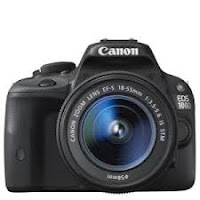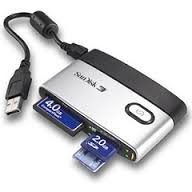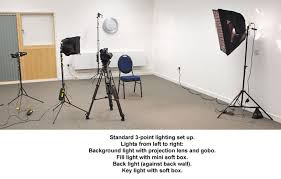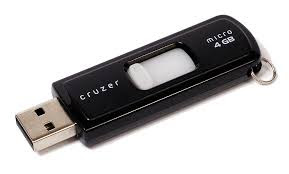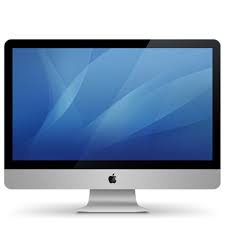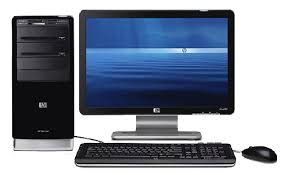Tuesday, 8 March 2016
Monday, 29 February 2016
Evaluation Question Seven
Looking back at your preliminary task, what do you feel you have learnt in the progression from it to the full product?
I have learnt how to plan, research and improve my work
through my preliminary task, I have also learnt the importance of being focused
and following a brief. Equally I have had to learn to work to a given deadline
and working hard within a time frame, meaning I have had to be organised and
prepared which is a valuable lesson that has helped me in creating my final
media product.
By completing the preliminary task, I was able to develop an
understanding of how to edit and manipulate images using software such as
Photoshop, word, PowerPoint, and publisher, as well as learning the conventions
that a magazine follows to appeal to an audience. I have also learnt how
denotations create connotations and how this is used in media to communicate to
the audience. I have tried to use these conventions in my final product to
create a successful music magazine that represents the R&B music industry
to my target audience.
In conclusion, the preliminary task was essential for me to
learn how to produce my final product as I was able to pick up the required
skills before I started on my media product. Furthermore the skills I have acquired
such as working to a deadline, and following a brief have proven to be vital in
completing my music magazine with confidence, and the skills I picked up using Photoshop
I have used more confidently during my final task, as well as learning new
techniques. Finally, although the preliminary task may have failed to teach me
how to use a camera and card reader, it did allow me to develop an
understanding of the sort of framing that is conventional for a magazine cover
so I had an idea what type of image I wanted to take, while I still had to
learn to use the equiptment.
PRELIMINARY TASK
|
FINAL PRODUCT
|
EVALUATION
|
From my preliminary task, I learnt how to use Photoshop to remove the
background of the images I have taken. I also learnt how to make a new page
on Photoshop the size I desire, and then add an image or multiple images to
edit, and also to adapt the size of the image to match to size of the page I have
created. When I used this technique in my final product, I was able to make
the end product look more professional and like an existing product. I was
also able to experiment with new tools to manipulate my image.
|
||
I learnt in the preliminary task how to add text and move it around
the page to the position I want. I also learnt how to change the size colour
and font, however I was able to understand through my preliminary task that
existing products tend to use different fonts and styles for the cover which
is a convention to make it more appealing to the audience who consume it.
|
||
From my preliminary task 5to my final product, I have learnt how to
use Photoshop to edit my photos, I have also learnt how to take photos that
are conventional of a music magazine cover and understand which frame is most
suitable, and which contact and colour schemes work best for the product I am
creating. Equally I have developed my Photoshop skills to create a more
conventional and attractive product. I have still included features I have
learnt from the preliminary task such as the barcode, date, issue number,
price, and the other conventions of the product I have learnt.
|
Evaluation Question Six
What have you learnt about technologies from the process of constructing this product?
From constructing my media
product, I have leant how to use the following technologies:
First Draft
|
Final Draft
|
Development
|
|
COVER
|
From my original draft, I have developed my cover using Photoshop
to make my product appear more professional and appealing. I used the colour adjustment,
airbrushing, contrast / brightness adjustment, shapes, quick selection, text
boxes and transformations to improve my cover.
|
||
CONTENTS PAGE
|
My original contents page didn’t look much like a finished
product so I developed it using publisher and Photoshop to improve it and make
it look more conventional.
|
||
DOUBLE PAGE SPREAD
|
I used publisher, PowerPoint and Photoshop to develop my
double page spread and create my finished product. I also used a different camera to take new images for my double pay spread and used more direct lighting to put all the focus on my subject.
|
Subscribe to:
Comments (Atom)









